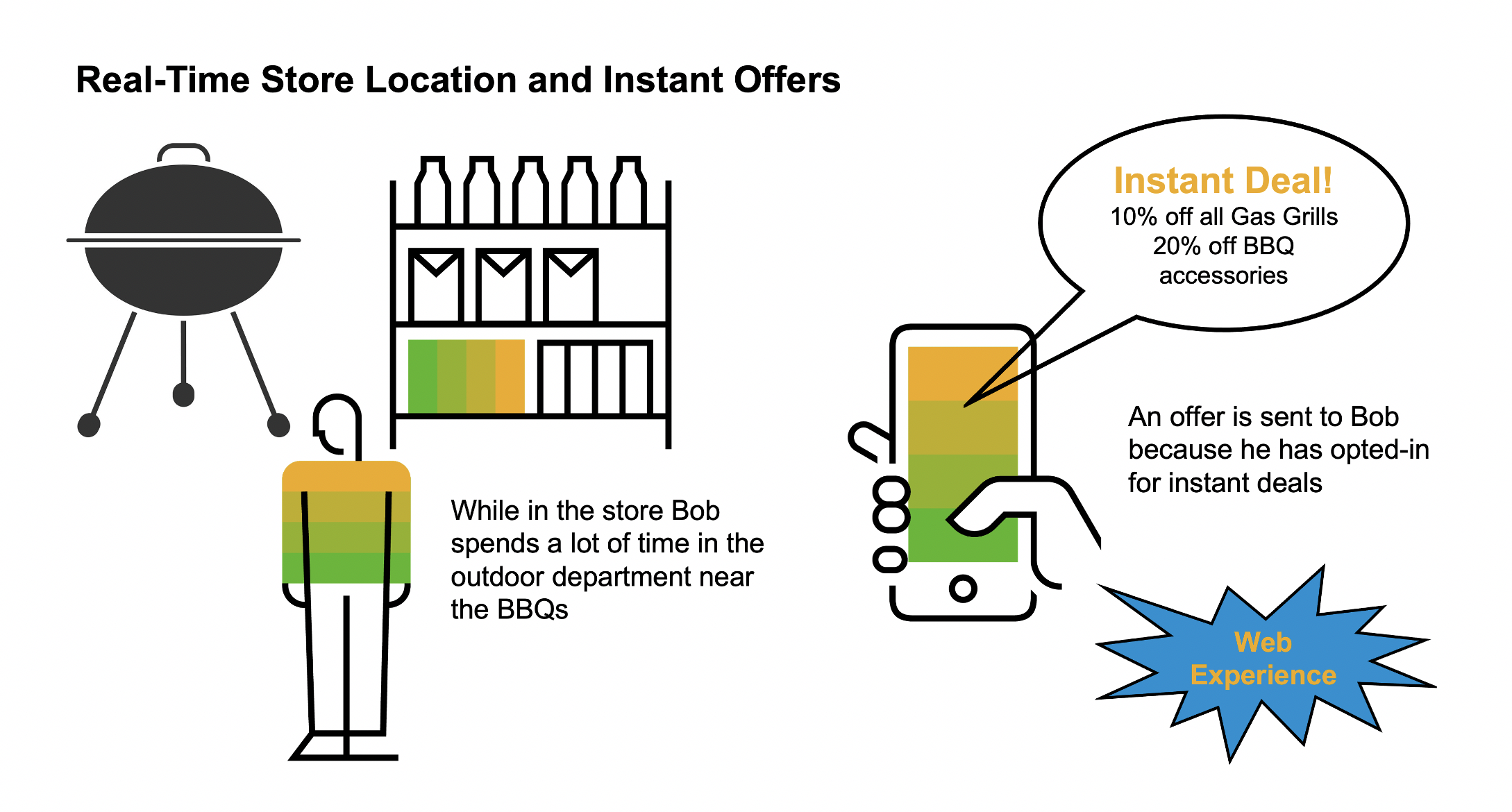Co-authored by Chris Prendergast, SAP
Much is made of how the online shopping experience can be customized to the individual, such as making recommendations based on previous purchases or online searches. But what about personalizing the in-person shopping experience beyond the personal touch store associates offer?
If, for example, a shopper spends time physically looking around a particular store aisle, that is similar to searching online or browsing a web page displaying merchandise. If the shopper doesn’t buy anything, how can a brick-and-mortar retailer stay engaged? And even if the shopper does make a purchase, how can the retailer make future recommendations based on this and other purchases?
A similar question can be asked of other industries, such as hospitality where guests enter a hotel or perhaps a restaurant. How does the host personalize the in-person experience, especially for loyal customers?
Cisco and SAP are partnering to deliver an answer. By integrating innovative tools, they are enabling companies to provide in-person customer experiences previously available only online.
I’ll explain how by walking through a customer’s journey using these tools.
Loyalty program mobile app
The journey starts with a company loyalty program, frequently offered through a mobile app. When a customer downloads this app, they enter their profile information and set their consent preferences to control the types of communications they receive. Email and app notifications are examples.
OpenRoaming
When a customer enters a physical location, such as a store or hotel, the mobile app uses OpenRoaming, which is innovative technology under the stewardship of the Wireless Broadband Alliance. This technology automatically connects the customer’s mobile phone to the location’s local Wi-Fi network. This capability is especially important because it simplifies and automates Wi-Fi guest access and connection to the network.
The customer’s loyalty number is associated with an OpenRoaming ID, which means that the customer is known to the Wi-Fi networks in each of the company’s physical locations. If the customer has a loyalty membership at a grocery store chain, for example, every time that customer walks into any one of its stores (which has a Cisco Wi-Fi network), that information is made available.
Cisco DNA Spaces
The next innovation that comes into play is Cisco DNA Spaces, which aggregates location data from Cisco Wi-Fi access points. This technology logs where and for how long a customer roams within a company’s physical location. If the customer spends fifteen minutes in the outdoor barbeque section of a store, DNA Spaces will log this information. As with online properties, Cisco DNA Spaces allows companies to know which parts of their brick-and-mortar locations customers visit and search. (See Figure 1.)

Next in the customer journey, a collection of SAP applications helps translate this data about the loyal customers into actionable insights.
SAP Customer Data Cloud
To begin, the customer’s OpenRoaming ID is matched with their loyalty number in SAP’s Customer Data Cloud, which is the database that supports many loyalty apps. This database is where companies manage both customer and consent information.
Through an integration of SAP Customer Data Cloud and Cisco DNA Spaces, the data around a customer’s roaming within a physical location is entered into the customer’s data cloud profile.
SAP Commerce Cloud
The SAP Customer Data Cloud is linked to the SAP Commerce Cloud where promotions are pushed to the customer’s loyalty app. Referring to the earlier example, if a loyal customer is spending significant time in the barbeque section of a store, the company can decide to push a 10% off coupon on a particular brand of barbeque to the customer’s loyalty app. (See Figure 2.)

SAP Marketing Cloud
In addition, through the integration of the SAP Marketing Cloud with the SAP Customer Data Cloud, personalized newsletters can be sent to the customer after they have left the physical location. For example, a personalized newsletter can include additional information about barbeques, such as what to look for when buying one or upcoming barbeque sales.
SAP S/4HANA
Information provided through these SAP applications can be further augmented with information around a customer’s previous purchases based on data stored in SAP ERP systems such as S/4HANA. If the customer did purchase a barbeque, for example, complementary promotions such as barbeque accessories, can be offered. If the customer did not make a purchase, a promotional email or survey asking for feedback about their in-store experience can be sent. (See Figure 3.)

Learn More
It’s now possible for companies to offer a seamless and personalized web-like experience for customers who visit their physical locations. Customers can control the types of interactions they want to receive by setting consent preferences in their loyalty apps; personalized information and offers are automatically based on these preferences.
The bottom line? Companies with physical locations can offer a more personalized experience that complements the personal touch offered by their onsite employees.
Learn more about SAP and Cisco Solutions
CONNECT WITH US